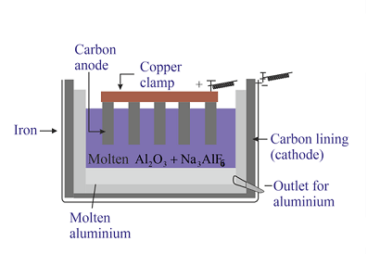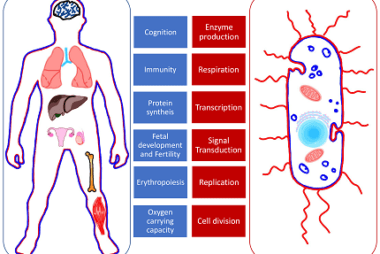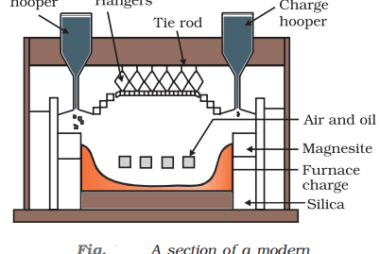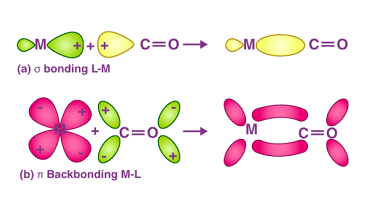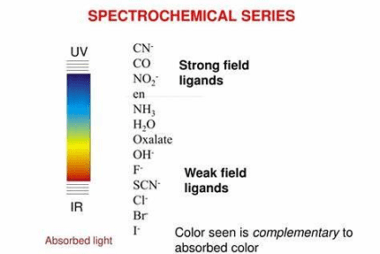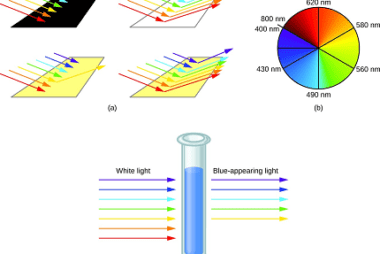Electrochemical (aluminium) principles of metallurgy
Aluminium is a highly reactive metal, which means that it readily reacts with oxygen in the air to form a protective layer of aluminium oxide. This layer helps to prevent further oxidation of the metal and makes it an attractive material for a wide range of applications. The principles of metallurgy involve extracting metals from…
